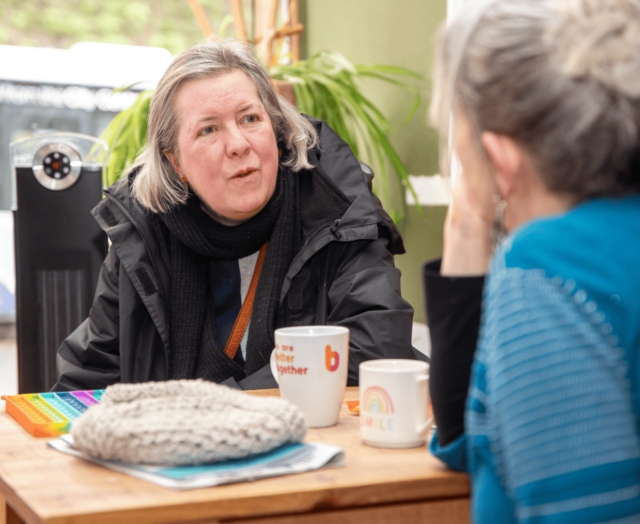
Explore our fresh new website!
-
By
-
-
Read Time : 1mins
We’re thrilled to introduce our brand new website! At the end of…

By
Read Time : 1mins

Read Time 1mins

Read Time 3mins

Read Time 2mins

Read Time 2mins

Read Time 1mins

Read Time 1mins

Read Time 2mins

Read Time 1mins